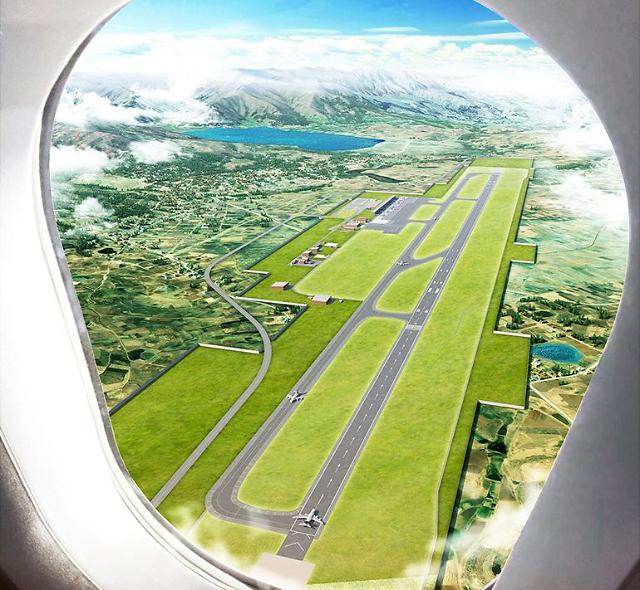
[Courtesy of DL E&C]
SEOUL -- Twisting or spiraling towers adorn various urban skylines. They progressively rotate floor plates, with each plate similarly shaped and turned on a shared axis. Twisted tall buildings are achievable thanks to advances in materials, engineering and architectural software that enable aerodynamic, energy-efficient and esthetic designs.
Twisted skyscrapers are rare in South Korea. There have been no actual cases of construction in domestic residential buildings due to strict regulations and high costs caused by complex configurations. DL E&C has developed a twist design for residential buildings.
The core of twisted buildings is a space to install elevators, stairs, and facilities and is generally made in a square shape. When the outer wall rotates based on the rectangular core, the plate is inevitably distorted. DL E&C said it placed a circular core, with each plate rotating at a certain angle around the central axis of the circular core so that all plates can be implemented in an identical shape.
DL E&C said a twisted building designed with its patented technology can suit the market for residential buildings. Post-tensioning was introduced so that only cores and outer pillars could support the load. The method supports the plate or ceiling by installing steel strands from the core to the outer pillar, and there is no need to create a separate wall or pillar.
Apartments applied with a twist structure will provide residents with abundant views and practical benefits such as lighting. "The exterior of a well-made building is located as a regional landmark and has high potential value enough to raise the status of the building itself. You will soon be able to meet a twist apartment with both beauty and practicality," an unnamed DL E&C official said.
Copyright ⓒ Aju Press All rights reserved.




View more comments